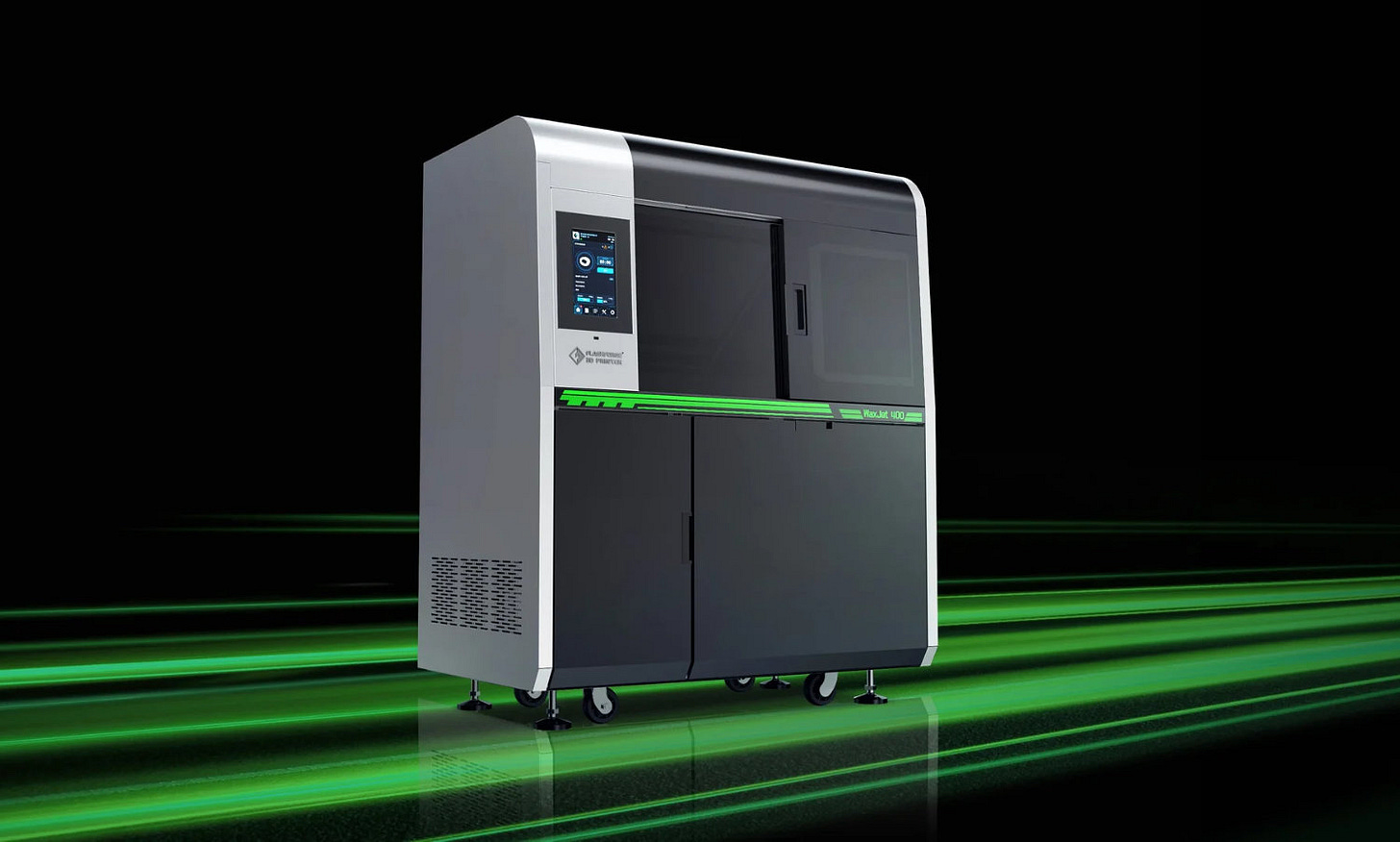Flashforge takes the same route as XYZPrinting once did. Let’s see how it turns out this time?
The Atomic Layers: S9E16 (00253)
Atomic Layer of the Day:
Someone who knows history finds it easier to predict the future…
I’m not sure how many of you remember the Taiwanese company XYZPrinting? For a time, it was the largest 3D printer manufacturer in the world by sales volume. It owed its position to ultra-cheap and visually appealing 3D printers targeted at the consumer market.
The da Vinci and Nobel series introduced thousands of people around the world to the world of 3D printing. What’s more, XYZPrinting wasn’t afraid to push innovation — including color-mixing 3D printers that combined shades in a single head, or a full-color 3D printer that used inkjet heads to apply color.
And although I don’t have proof, I’m quite convinced that XYZPrinting had a hand in manufacturing the final generation of the Cube printers by 3D Systems.
Unfortunately for XYZPrinting, by the late 2010s, the market had been overtaken by Creality, Anycubic, Anet, Tronxy and other companies offering even cheaper, but larger and more customizable machines. Shortly after the COVID-19 pandemic, XYZPrinting threw in the towel and ceased operations.
But before they did, the company had gained some recognition as a maker of fairly decent industrial-grade machines. These included well-regarded DLP 3D printers, a gypsum powder-based 3D printer, and — most notably — an SLS system that was praised and appreciated by users.
That SLS system, in fact, was acquired by Nexa3D, which had struggled with its earlier acquisition of NXTFactory, and turned the XYZ system into its flagship product. Today, many people use Nexa3D’s SLS machines without realizing they’re essentially rebranded XYZPrinting models with a different color scheme and logo.
Which ultimately doesn’t matter anymore, since in December last year Nexa3D “scaled down operations.”
Alright, but why am I bringing all of this up?
Because Flashforge, another veteran of the consumer 3D printing space — and one of the few remaining players that still remembers the race against XYZPrinting — is now following a very similar path.
Best known for its affordable, desktop-grade 3D printers aimed at education and home users, Flashforge yesterday announced the launch of its first truly professional system. And it’s based on a technology that’s almost forgotten today: wax 3D printing! The domain once ruled by the now largely forgotten Solidscape.
The 3D printer, called the WaxJet 400, is a machine even 3D Systems wouldn’t be ashamed of. In fact, it’s quite interesting that Flashforge states in the technical specs that it uses the MultiJet Printing (MJP) method — originally developed by 3D Systems in the late 1990s.
But let’s move on…
Its build volume is 289x218x150mm, dimensional accuracy is ±0.04mm per 20mm, and resolution is XHD: 1200x1200x1600 dpi, with a layer thickness of 16 microns.
Pricing hasn’t been officially announced, but I assume it’s far, far lower than 3D Systems' offerings.
So now Flashforge has entered the professional PolyJet (or MJP) machine segment. And you might remember that at the last Formnext event, they casually showed off the Flashforge CJ270 — a full-color PolyJet printer priced at just $10,000.
Of course, the company also offers large “industrial grade” FFF 3D printers, as well as high-performance DLP machines equipped with superior components.
Almost exactly the same trajectory XYZPrinting once followed. You could say that Flashforge is doing the same thing — only instead of diving into SLS, it’s entered the inkjet AM segment.
I’m really curious to see how this plays out. In principle, the times are completely different from XYZPrinting’s heyday, so comparisons only go so far. But it’s hard not to notice the similarities in strategy.
Makes you wonder — could Creality one day follow in the footsteps of XYZPrinting and Flashforge? Now that would be interesting!
Atomic Layer from the Past:
04-16-2020: DMG Mori announced the launch of the LASERTEC 400 Shape.
News & Gossip:
AMIS, developer of Build Preparation software for Additive Manufacturing, has once again gained international acclaim. AMIS Pro was named a Runner-Up for the SME AM Start-Up Technology Award in the US and a Finalist for the TCT Software Award in the UK. These recognitions highlight AMIS’ commitment to enhancing SLS, MJF, and other Jetting technologies with software that boosts speed, accuracy, and efficiency.
Shapeways has launched early access to Print on Demand (PoD) on Thangs, the 3D model platform it acquired in December 2024. A select group of designers can now sell physical products through Thangs, with Shapeways handling production and shipping. This phased rollout allows for testing before broader access later in 2025. The PoD launch marks the third phase in Shapeways’ relaunch strategy, aiming to restore its Shop experience.
CONTEXT released a report informing that it was a “tough year” for AM industry with declines in 3D printer shipments in Q4 2024. Excluding low-cost 3D printer suppliers, all other segments have reportedly seen double-digit declines (but still in the low teens). I still need to look into this more closely before deciding whether to write a dedicated article about it. But what I do know for sure is that some companies are continuing a very negative trend this year as well. If this continues, people will start losing their jobs again.








Ah, the unexpected, unasked-for switch to the industrial market... The hail mary swan song of dying giants.
Has this ever worked out for anyone in AM? I think moving from consumer to professional or professional to industrial can work well, but going directly from consumer to industrial is too big a jump. It conflicts with the brand image (in the case of Flashforge 'cheery and consumer-friendly'), and also doesn't give enough trust to potential customers.
It's like buying a laptop from a toy shop... Even if it's cheaper than the competition and has the right specs on paper, people will not take it seriously, especially professionals.
But what do I know, they have the millions and million of dollars, not me.